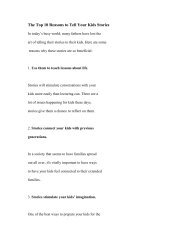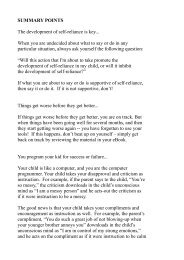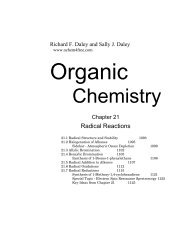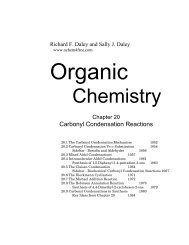Organic Chemistry
Chirality
Chirality
You also want an ePaper? Increase the reach of your titles
YUMPU automatically turns print PDFs into web optimized ePapers that Google loves.
<strong>Organic</strong> <strong>Chemistry</strong> - Ch 11 559 Daley & DaleyCHOCHOHOHHOHHOHHOHCH 2 OHCH 2 OHErythroseThreoseUse the term erythro when the similar groups are adjacent to eachother on the molecule. When these groups are identical, the moleculeis meso. Then name the molecule with the meso name. Use the termthreo when the similar groups are on opposite sides of the molecule.When these groups are identical, they are (±) or dl molecules. Thenuse (±), or dl. For example, the terms meso and dl are appropriate forsymmetric molecules such as 2,3-dichlorobutane or tartaric acid.COOHCOOHCOOHHOHHOHHOHHOHHOHHOHCOOHCOOHCOOHmeso-Tartaric acid(dl)-Tartaric acidFor molecules such as 2-bromo-3-chlorobutane or 3-chloro-2-butanol,erythro and threo are more appropriate. While the threo, erythro, meso,and dl terms are widely used, none of these terms are a part of IUPACnomenclature rules.CH 3CH 3HClClCH 3HHClClCH 3HHOHHOHHOHHOHCH 3CH 3Erythro 3-chloro-2-butanolCH 3CH 3Threo 3-chloro-2-butanolSolved Exercise 11.3There are two stereocenters in 1,3-dimethylcyclohexane and thus, accordingto the 2 n rule, there are four stereoisomers. Two of these stereoisomers havethe methyl groups cis and in the other two the methyl groups are trans. Whatis the stereochemical relationship between the two chair conformations of cis-1,3-dimethylcyclohexane? What about trans-1,3-dimethylcyclohexane?www.ochem4free.com 5 July 2005







